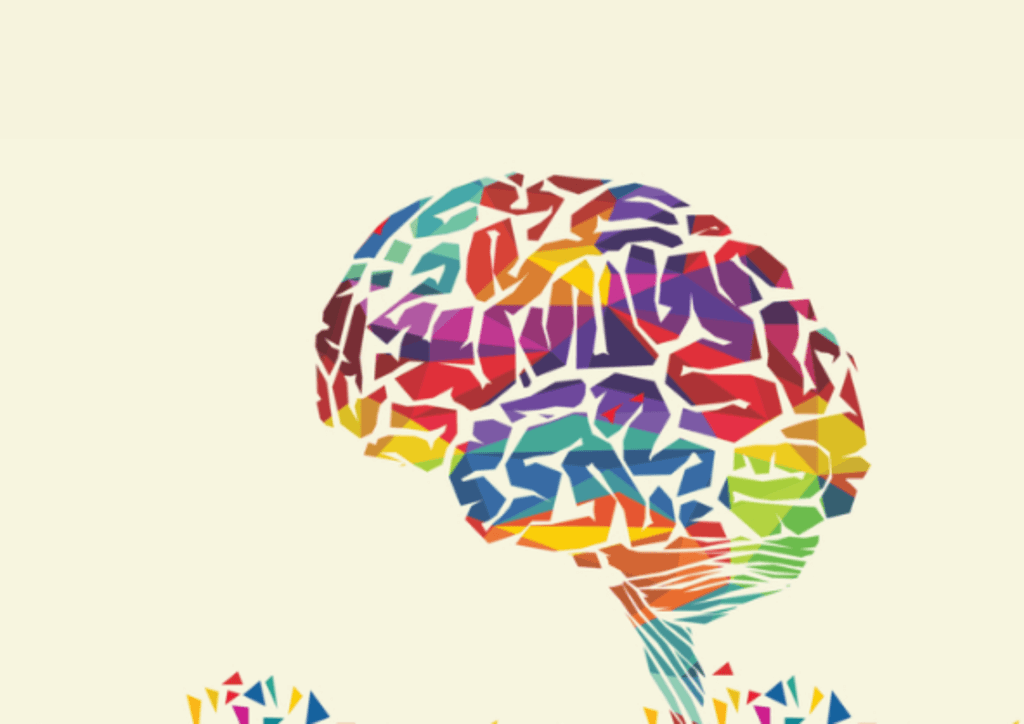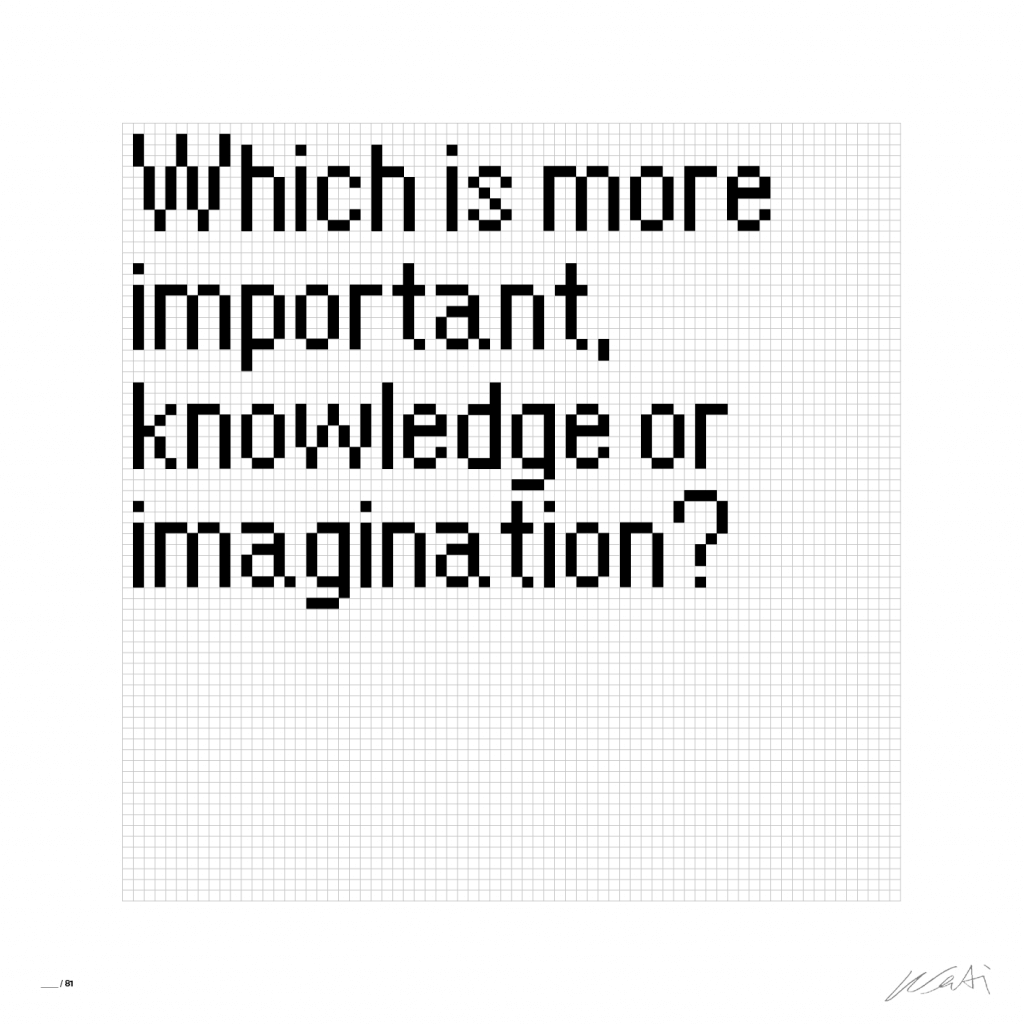
The Case For Imagination

Unlike many immersive works of scale or spectacle, everybody is an artist in the Dreamachine. The heart of the experience, our reflection space, is a profoundly popular place for our audiences to gather, to listen and to share.
Over the summer of 2022, more than 15,000 people created illustrations of their experiences with Dreamachine. This included many who expressed that they did not believe themselves to be creative – often drawing for the first time since childhood. In a world where many people ‘grow out of’ being creative – what are the benefits of bringing this practice back into our lives?
“All children are born artists. The problem is to remain an artist as we grow up.”
– Pablo Picasso
This quote is referenced in Ken Robinson’s TED talk in which he discusses how creativity and art are innate to us as children, but the use of our imagination for creativity is ‘taught’ out of us at school. Robinson argues that the schooling system values and prioritised intellectual and academic intelligence above artistry – and urged educators to try a different approach. This opinion is likely one that resonates; Robinson’s is the most viewed TED talk of all time with over 75 million views.
If creativity and imagination aren’t institutional priorities, how can we know the potential value of unlocking these aspects of existence in our adult life and beyond? Considering a new approach could have a fundamentally transformational impact on individuals and society.

A holistic approach to everyday wellbeing is something that more and more people are aspiring to in a post-pandemic world. The existence of art therapy has long shown the power of creativity for providing genuine, effective help for those dealing with mental health challenges. But it’s only recently that the power of imaginative, artistic activities as part of maintaining a consistently high wellbeing level has been researched.
The recently published book by Ivy Ross and Susan Magsamen, ‘Your Brain On Art’, – offers compelling research that shows how engaging in an art project – from painting and dancing to expressive writing, architecture and more – for as little as forty-five minutes reduces the stress hormone cortisol, no matter your skill level, and just one art experience per month can extend your life by ten years.
One of the first comprehensive academic studies to evidence this was the 2014 report ‘Artful Living: Examining the relationship between artistic practice and subjective wellbeing across three national surveys’. The study was conducted by the Curb Center at Vanderbilt University as part of the centre’s commitment to furthering research into the ways in which the arts ‘enrich and sustain health and human flourishing’. The study was the first of its kind to attempt to map this correlation, and found a positive, statistically-significant relationship between artistic endeavours and life satisfaction. Their findings suggest that active participation in artistic pursuits including music, crafts, gardening and more, leads to increases in wellbeing ‘comparable to or greater than’ those that result from being married, having children, or playing sports.

While improving the general wellbeing of individuals in the population is a worthy goal, and one that would contribute to a more fulfilling society, creativity is also a fundamental part of what furthers society as a whole.
“Every great advance in science has issued from a new audacity of imagination.”
– John Dewey, The Quest for Certainty: A Study of the Relation of Knowledge and Action
In his speech in the House of Lords in February 2024, culture broadcaster Melvyn Bragg advocated for the power of the arts in enriching our lives, strengthening our communities and shaping the future.
“The arts are not the cherry on the cake – they are the cake.”
– Melvyn Bragg
Imagination and society’s progress are inseparable; something must first be dreamed before it can be fulfilled. Providing opportunities for people to explore their creativity could have considerable collective and even existential significance. Dreamachine, in its inquiry and in practice, is unlocking potential new ways of thinking – and this approach could be transformational for society.
In psychologist Thomas Suddendorf’s definitive account of what makes human minds different from other animals, the first quality he stated was ‘the individual ability to undertake open-ended acts of imagination’; meaning this is an essential part of our existence. But the second quality he stated was ‘our insatiable drive, as social animals, to link our minds together to generate collective imagination or intelligence.’ The presence of imagination and our innate desire to use it together with others are essential to our existence.
“Art is the most effective mode of communication that exists.”
– John Dewey
Many would say that now is a time that societies – on an individual and collective level – urgently require a new approach to communication and collective innovation. While we live in a world where we’re training our young out of creativity, leaving adults searching for it in hobbies and cracks of spare time, perhaps it’s important to go back to basics and remember the transformative, vital power of this often underappreciated pastime.
“In order to correctly define art, it is necessary, first of all, to cease to consider it as a means to pleasure and to consider it as one of the conditions of human life. Viewing it in this way we cannot fail to observe that art is one of the means of intercourse between man and man.. It is not the production of pleasing objects; and, above all, it is not pleasure; but it is a means of union among men, joining them together in the same feelings, and indispensable for the life and progress toward well-being of individuals and of humanity… If people lacked this capacity to receive the thoughts conceived by the men who preceded them and to pass on to others their own thoughts, men would be like wild beasts… And if men lacked this other capacity of being infected by art, people might be almost more savage still, and, above all, more separated from, and more hostile to, one another.”
– Leo Tolstoy, What Is Art?
Art, creativity and the joy that they bring need not necessarily be connected to productivity or progress to be a worthy part of human lives. Perhaps as a society we need to restore a little imagination to remember that.
Explore the thousands of drawings created by visitors to Dreamachine here. This extraordinary library highlights the incredible range of the UK’s collective creativity, and as the experience travels the world, will continue to gather the very human thoughts, questions and emotions that unite us all.
“People often ask me: when did you start becoming an artist? And my response to them is ‘When did you stop?”
– Oliver Jeffers – artist and illustrator
References and further reading:
Creativity as a Means to Well-Being in Times of COVID-19 Pandemic: Results of a Cross-Cultural Study
A Time to Replenish Collective Imagination
The Kingdom of God is Within You; What is Art?